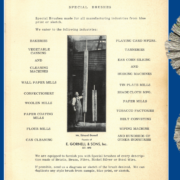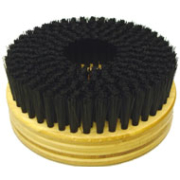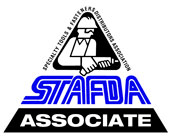Schaefer Brush’s “Number One Priority”
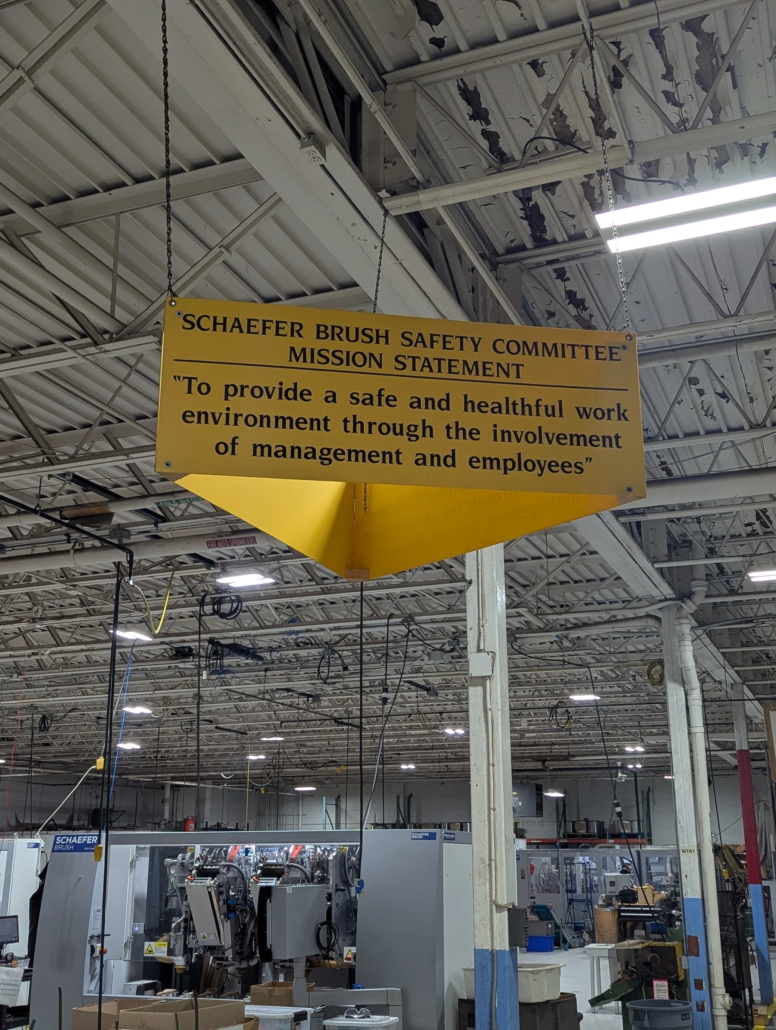
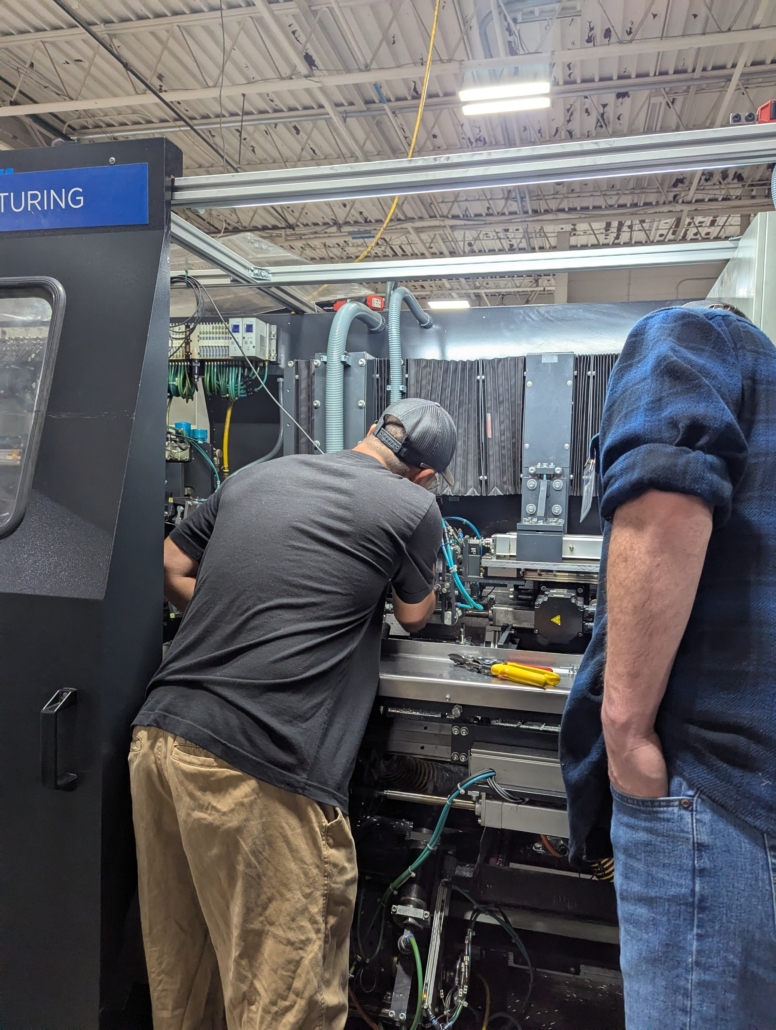
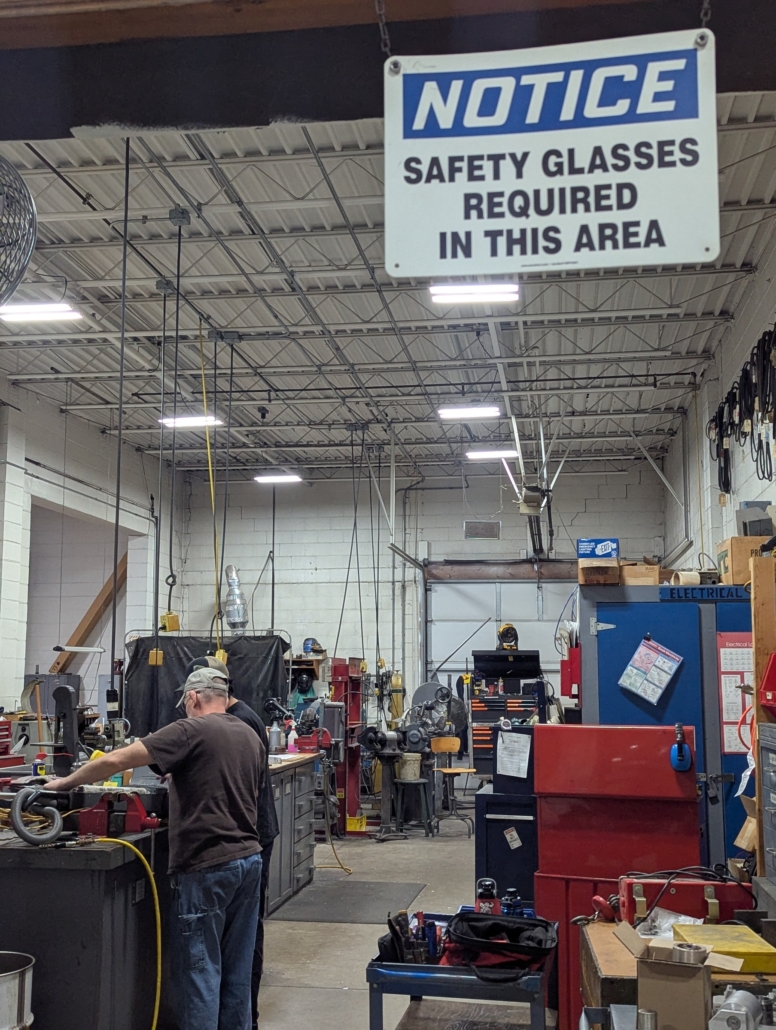
What is our Safety Culture like?
Schaefer Brush’s approach to safety in the workplace is inclusive and adaptive, meaning anyone can have a positive impact on safety at any given time. The safety culture in the workplace is set up so that any employee can bring up a concern or suggestion for improvement whenever they feel it is needed.
However, safety in the workplace is never quite perfect. As the business grows and the number of machines in the building increases, the safety of the building must be constantly assed, taking in factors like noise, walking room, and the ability to view signs that indicate any tools that may be needed in case of an emergency.
Overall, the approach to safety at Schaefer brush is constantly working towards improvements. This is why Engineering and Quality Manager, Erin Clay, describes safety in the workplace culture as our “Number one priority”
How are we Constantly Improving Safety in the Workplace?
Again, anyone can have a positive impact on safety. If an employee has specific questions or concerns about their safety or others, our team at Schaefer Brush immediately gets to work to improve the workplace as soon as possible. Our employees have a big say and take responsibility to report problems they may have. The culture of safety within Schaefer Brush makes sure no one is scared to speak up about a suggestion that could remove the possibility of an injury.
Erin Clay states, “We try hard to address issues right away”
Why does Effective Training Matter?
An effective process of training both new and existing employees has been cautiously thought through. As soon as a new worker starts their first day, they are given a basic building safety tour and emergency procedures walk through. They are shown were any fire extinguishers, eye wash stations, exits, and severe weather shelters are. Some employees are trained in forklift, fire extinguisher, chemical, and electrical safety as well. Each machine operator also is trained specifically for each machine that they will be operating, to prevent any confusion that risks injury.
Refresher training is also provided for forklifts and fire extinguishers when required. General safety refreshers are also provided to employees when needed, if there are ever concerns with safety risks or corners being cut.
SAFETY COMMITTEE MISSION STATEMENT
“To Provide a Safe and Healthful Work Environment through the Involvement of Management and Employees”
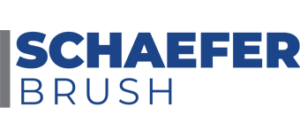

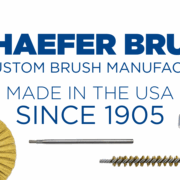 2025
2025